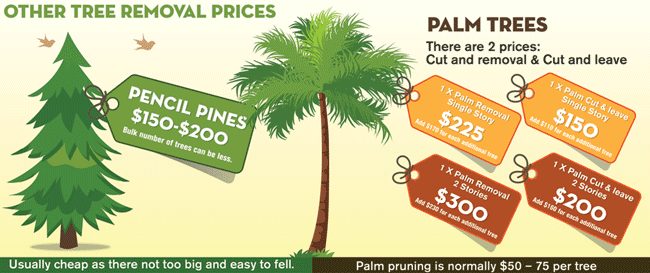Tree Removal Aftercare: Ideal Practices For Landscape Recovery
Tree Removal Aftercare: Ideal Practices For Landscape Recovery
Blog Article
Created By-Wilcox Deal
After a tree's elimination, your landscape might look fairly different, and it's essential to assess the results thoroughly. You'll intend to evaluate the soil disturbance and check bordering plants for any signs of stress and anxiety. Overlooking these elements can bring about larger issues down the line. So, what should you finish with those stumps and roots? And just how do you select the most effective plants for your rejuvenated area? Let's explore these important steps.
Evaluating the Results: Examining Your Landscape
After a tree removal, it's important to analyze your landscape to understand the effect it has on your backyard.
Begin by checking out the area where the tree stood. Look for indications of soil disruption, and inspect the bordering plants for any stress and anxiety or damages.
You need to likewise make note of exactly how the removal has actually changed sunlight exposure and airflow in your yard. This shift can influence the growth of nearby plants, so it's vital to review their health and wellness.
Take into consideration the visual aspects too; the elimination could produce an open space that you can redesign.
Lastly, think of any potential disintegration concerns that could arise from the tree's absence. Dealing with these variables early will aid restore equilibrium to your landscape.
Taking care of Stumps and Roots: Choices for Removal
As soon as you've evaluated the aftermath of the tree removal, you'll likely require to take on the stump and roots left behind.
You have a couple of options for elimination. One reliable technique is stump grinding, where a professional uses a machine to grind the stump to underground level. This method leaves marginal interruption to your landscape.
If you favor a do it yourself approach, you can use a combination of excavating and chemical stump eliminators. Just bear in mind, this process can take time and initiative.
Conversely, consider leaving the stump as an all-natural function, which can act as a special yard component or habitat for wild animals.
Whatever you pick, addressing the stump and roots is important for recovering your landscape.
Selecting the Right Plant Kingdoms for Your New Area
As you analyze your recently cleared area, picking the right plants can significantly enhance your landscape's beauty and capability.
Begin by taking into https://www.google.com/maps/uv?pb=!1s0x87695392e3f6d517%3A0xc91102aef5ddf5d8!5sPrecision%20Timber%20Felling!15sCgIgARICEAE&authuser=2&imagekey=!1e10!2sAF1QipMxX8qVbbBfbp6z-GWE9_NvzSzLG3IUGMW1wRtb and dirt problems. For sunny areas, go with drought-resistant plants like lavender or succulents. In shaded spots, ferns and hostas prosper well.
Think of the size and growth routines of your plants; mix perennials and annuals for seasonal variety. just click the next web site forget to incorporate indigenous varieties; they require much less maintenance and assistance local wildlife.
Group plants in weird numbers for an extra all-natural look and produce layers for visual depth.
Lastly, guarantee you have a mix of colors and appearances to keep your landscape dynamic throughout the seasons.
Happy planting!
Verdict
Finally, recovering your landscape after tree elimination is a rewarding process. By evaluating the results, attending to stumps and origins, and choosing the right plants, you'll create a flourishing atmosphere. Don't neglect to incorporate erosion control measures to shield your dirt. With a little effort and treatment, you can transform your room into a vivid yard that improves your home. Welcome the chance to invigorate your landscape and appreciate the charm of nature right in your backyard!
